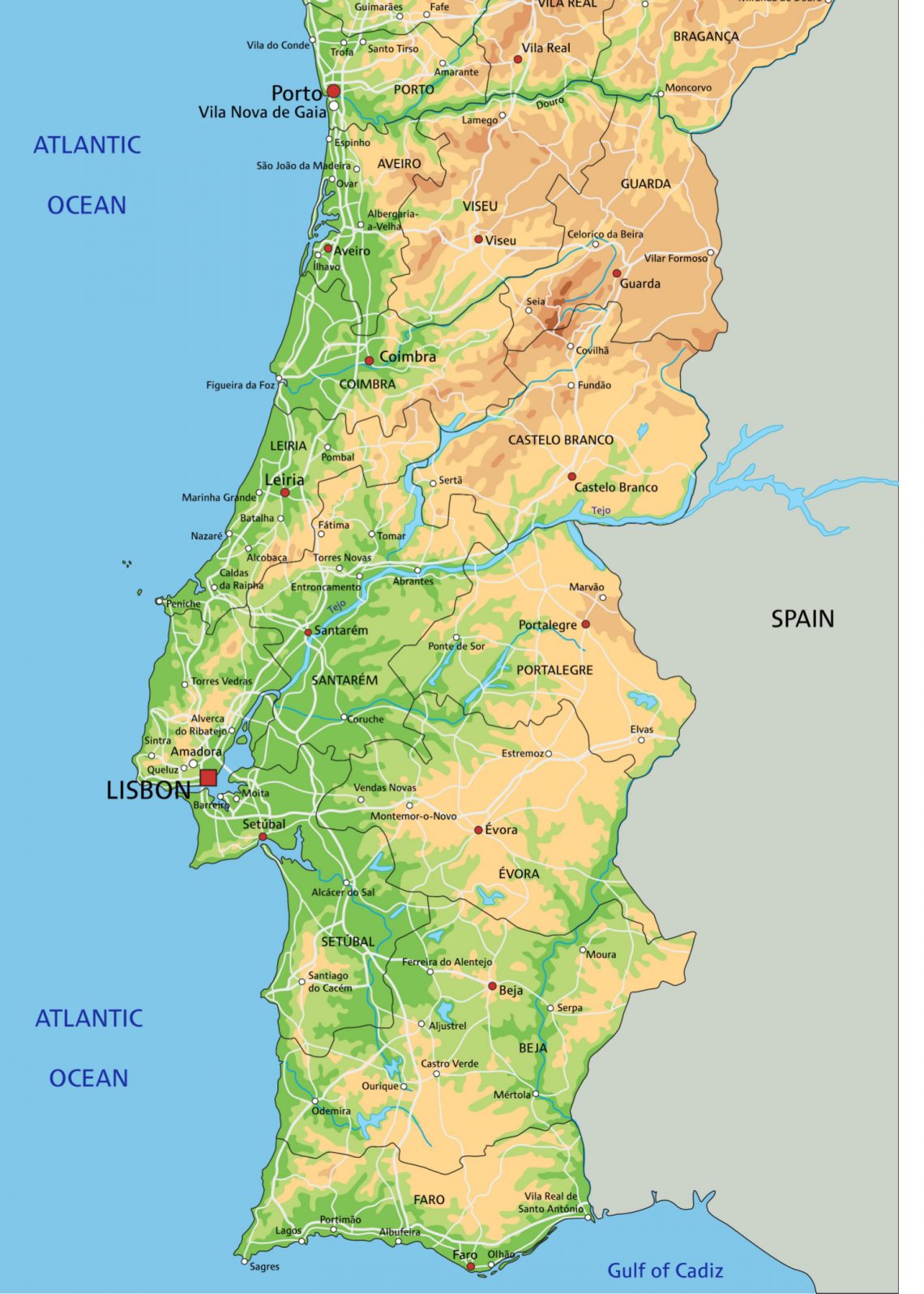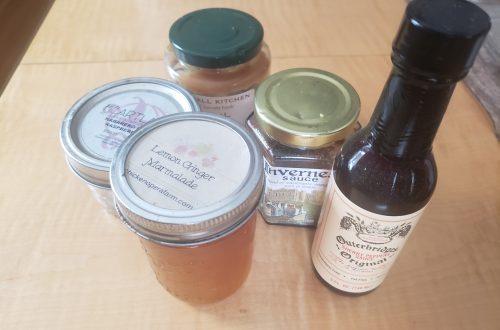
New Bedford and Its Heritage of Portuguese Cuisine
From your email, please click on the title to view the photos and comment online.
On a visit to New Bedford, Mass. this past week, I was able to partake of Portuguese cuisine. It brought to mind a trip to Portugal in the mid-1990s where we spent almost two weeks traveling from Lisbon to the Mediterranean coast, then up along the Atlantic to Cascais. While Lisbon was remarkable for its architecture, the cuisine there was not particularly memorable.
The reverse was true during our stay in the Alentejo, the rural, semi-mountainous area south of Lisbon and beyond the Tagus River. I remember a meal of rabbit, prepared simply with butter, parsley, and onions, served over rice. Another classic Alentejo meal: lean, loin pork cooked with small clams (cockles) in a cataplana – a hinged copper pan – and infused with olive oil, parsley, paprika, and a little tomato puree. Later, moving closer to the Mediterranean coast but just north in the mountains, we enjoyed fantastic meals at a small inn. There, our host served us both the classic bacalhau, a salt cod and potato casserole, and lamb cataplana, a leg of lamb braised low and slow and seasoned with nutmeg, garlic, and paprika in a sauce of red wine, garlic, onions, almonds, and parsley. On the last leg of our trip, we dined in Cascais, a small city on the ocean northwest of Lisbon, where we enjoyed fresh fish dishes in the evening.
The Portuguese influence on international cuisine
What I admire about Portuguese food is that it’s one of the first international cuisines, thanks to the fact that the Portuguese were among the first to venture out to Asia to break the Venetian monopoly on spices. Portuguese mariners not only returned with nutmeg and cinnamon; they brought their pork with wine and garlic (vino de alho) to India where the locals added their own spices to create vindaloo. In Macau, Portuguese chicken soup (canja) was reengineered to become the Chinese congee. The Portuguese are also credited with tempura in Japan and marmalade in England, a trading partner since the 14th century.
Shortly after Columbus “discovered” America, the Portuguese were fishing for cod off Newfoundland (identified as belonging to the Portuguese king since 1502). When Jacques Cartier “discovered” the mouth of the St. Lawrence River in Canada, he noted the presence of 1,000 Basque fishing vessels along the nearby Gaspe Peninsula. In the aggressive “cod wars” of the 16th century, Portugal was not only participating in fishing; they were also a source of some of the best salt for curing dried cod. Elsewhere in the Americas, Portugal was particularly involved in South America. When the sailors and priests returned, they brought back corn, peanuts (by way of Africa), beans, and spicy peppers. In fact, peanut brittle can even be attributed to the Portuguese.
How the Portuguese populated the whaling city
New Bedford gained its Portuguese population during its days as a whaling center. Ships took the easier route, sailing east from New Bedford to the Azores before heading south to whaling grounds in the South Atlantic. While anchoring for fresh supplies in the Azores, which was populated largely by people from various regions of continental Portugal, they also picked up local sailors for the long voyage ahead. On returning to New Bedford, those sailors often stayed. Today, more than half the residents of New Bedford claim Portuguese ancestry. It shows in their food.
Restaurants featuring Portuguese cuisine can be found all around the city. We had a fine dinner at a long-standing establishment recommended by our tour guide at the New Bedford Whaling Museum, a lifelong resident. Mrs. Farmboy enjoyed some excellent littleneck clams in garlic sauce, while I feasted on a huge bowl of one of the restaurant’s shrimp dishes, a variation of shrimp Mozambique with spaghetti added. I barely made a dent in that helping. We took it home for an additional meal later in the week.
At the Seamen’s Bethel, the little church where Herman Melville set scenes in Moby Dick, I bought Recipes from Land and Sea, a cookbook assembled by the Ladies Branch of the New Bedford Port Society. As you might imagine, it includes a number of recipes of Portuguese cuisine: everything from codfish balls and cabbage sauté to dishes like cacoila (marinated pork), chicken Alentejana, and scrod ragout.
If you haven’t already, you might want to try some Portuguese recipes. Given Portuguese heritage and influence on international cuisine, I think they’re worth exploring.
Please click on the headline to view the blog on the website. You can log in and comment at the end of the blog to share your thoughts and start a discussion, or suggest a topic for Farmboy in the Kitchen.
If you’d like to share the blog, click on the Facebook icon or one of the others. Thanks!




